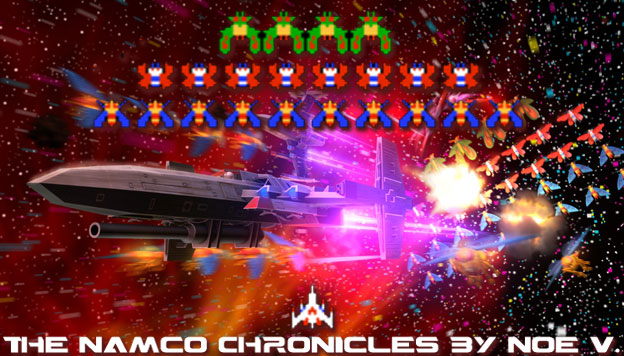
The developers at Namco had done an amazing job at creating fully-realized worlds. The problem was that the games they created barely scratched the surface of what the studio had in mind. Audiences had no idea what the scope of each game was. The only way players could appreciate the commitment of the company was by taking a step back and looking at the series as a whole rather than each game individually. Whether the game was Tekken, Ridge Racer or one of the Ace Combat titles, there was something that could only be appreciated by seeing how far each game had progressed over the past 20+ years.
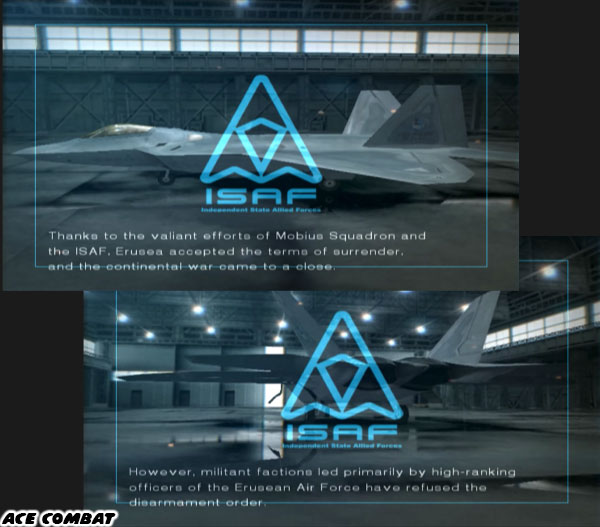
I don’t mean necessarily with regards to graphics or control but as a whole. How did the gameplay evolve, how did the characters and plot develop? How did the relationships change over the course of the series? Every one of those titles grew substantially. The company had allowed their developers tremendous leeway. They experimented with new formats, new control schemes and varying timelines. Yet the core of each game remained the same. They were all fun experiences and left players longing for more. Players would race on the courses featured in Ridge Racer and see that there was much more to the world beyond the race barriers. As far as they could see in every location there was substance. Whether it was people throwing confetti from the stands or even the dancing characters on an electronic billboard, the world of Ridge Racer felt alive.
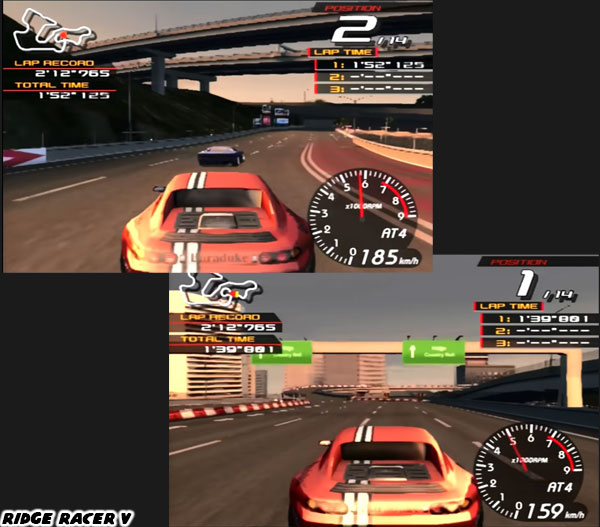
The same thing applied to the Tekken series. Whenever an impromptu fight broke out in the middle of a mall, which seemed to be fairly often, players could see the smallest details in shops, from fully dressed mannequins to tile work on fountains. Audiences could also appreciate the scale presented in these locations such as when they were fighting within an enormous sports arena filled with thousands of spectators. The only downside in the eyes of many gamers was that Namco never let down the barriers. They never turned any of these locations into a sandbox environment. Players could not drive freely down the streets of Ridge City. Fighters could not hop the fence and see what lay beyond in Tekken. Instead the developers wanted audiences to appreciate the type of game they had created in the exact format it was meant to be played.
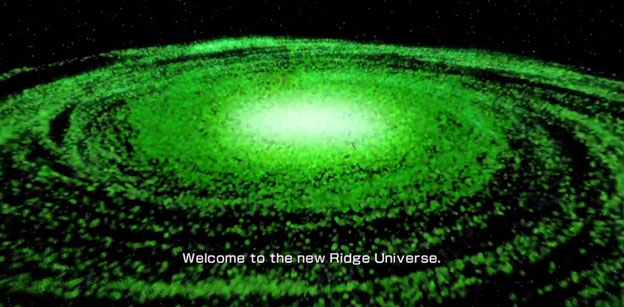
Namco knew that players would return so long as they continued to grow each franchise. In order to do this the development teams had to be constantly vigilant in adding to the canon of each game as much as they were focused on content. The prime example of what the studio did over the past two decades was seen in Ridge Racer. The developers wanted audiences to know that they were not polishing a static city. This was a living, breathing universe that they were shaping. Roads and freeways were interconnected, they all lead somewhere far beyond the borders of the track. In fact the language of Ridge Racer would change to reflect that realization. Over the '90s Ridge City gave way to Ridge County and Ridge County eventually gave way to Ridge State. In the new millennium Namco had finally created enough tracks and locations as to call the continuity the Ridge Universe.
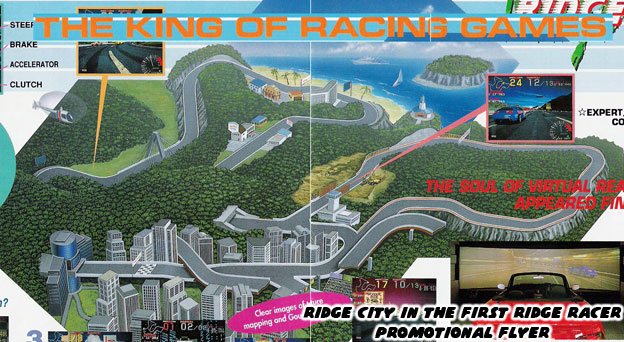
A racing game had met the requirements to join the continuity of the UGSF. It was for all intents and purposes the foundation for the Ace Combat series and future space shooter titles. It was more than a simple coincidence when the cars in Ridge Racer began assuming the sponsor logos of other games within Namco canon. For the fathers of a series it was essential that the Ridge Universe was headed somewhere too. The destiny of the racers was written in the stars. The tradition had been there since the first arcade game but really became a focus in Ridge Racer Type 4. Racing Team Solvalou was an Italian team lead by Eniki Gilbert. The name of the team was rooted in the spaceship Solvalou, which was also the name of the 3D sequel to Xevious. To most long term arcade fans this was a nudge and a wink from the developers of classic titles. What it became was a challenge to bring the Ridge Universe into the fold of the UGSF canon.
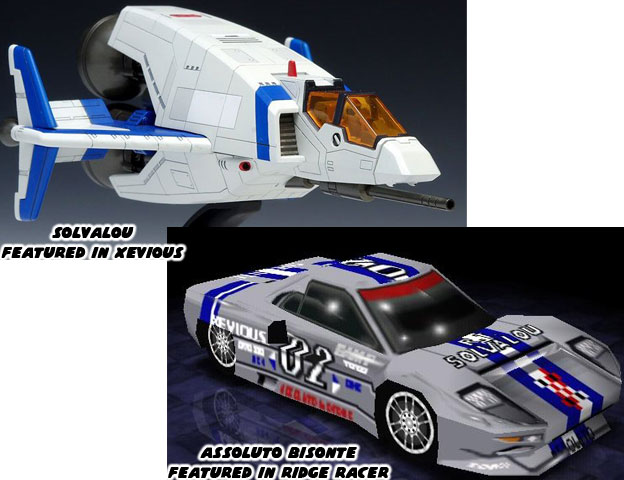
The biggest tragedy that had happened to Namco would become the biggest asset in the company history. When Sega stole their best racing game developers in 1993 the outlook seemed bleak. The newly formed AM3, which was made up of former Ridge Racer Project developers went on to create Sega Rally Championship and Crazy Taxi. Those were easily two of the greatest driving experiences ever put in arcades. By every right those hits should have belonged to Namco. The studio went into rebuild mode and relied on the expertise of the remaining artists, developers and programmers to keep their racing division up and running. The remaining employees had plenty of experience in space shooters, fighters and puzzle games. They had to get caught up on driving games really quickly. Thankfully they had the notes from the original team to fall back on. They knew more or less that Ridge City would be expanded upon and new tracks built out of the framework of the surrounding areas. Once the notes from the original project members dried up the remaining employees decided to play up their strengths.

The people left at Namco came from a world that was more fantastic, a world where technology knew no boundaries and where mankind was destined for greatness. These developers needed to change the focus of Ridge Racer from street racing with contemporary cars to racing the finest autos that had ever been produced, including cars yet to be invented. In order not to upset audiences, or the established gameplay, the company introduced radical new rides sparingly over the next 20 years. These “duel” class monsters were accepted as prototypes from the mad thinkers working at each manufacturer. To add an additional layer of plausibility many of the sponsors of the series were the same corporations that built the jets in the Ace Combat series. The connection between Ridge Racer and Ace Combat however went much deeper than a sponsor sticker on the high profile vehicles.
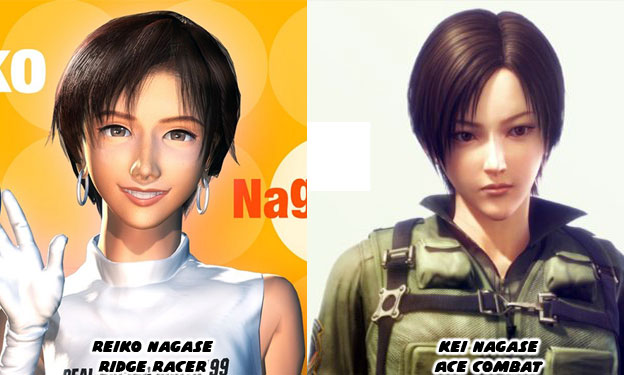
Kei Nagase was the younger sister of Ridge Racer covergirl Reiko Nagase. Whereas Reiko was a model and a racecar driver her sister was a fighter pilot nicknamed Edge. The two seemed to enjoy fast vehicles and thrilling lifestyles. Kei was featured in Ace Combat 2. She would have several cameos throughout the series, jumping forwards and backwards through time along with each release. She appeared in Ace Combat 5 as a trainee, in Ace Combat 4 as a passenger aboard Air Axiom flight 701 during an escort mission but most important in Ace Combat 3: Electroshpere as a senior officer during a news report. The sisters were part of the transitional period that saw humanity focus less on territorial disputes and more towards colonizing the stars.
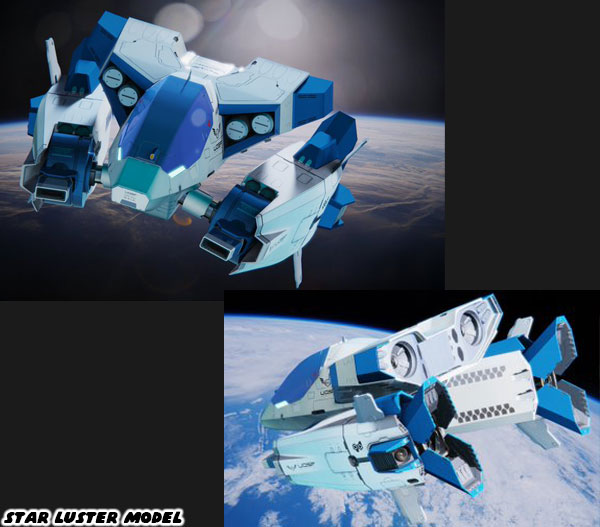
The companies backing each girl would make sure that civilization would reach that point. Before space jets became commonplace and before the Falken and Delphinus ruled the sky the proving ground for all the new technology in the Namco universe would be featured on the race track. The next entry goes back to the original theme of this series. I hope to see you here for that. As always if you would like to sponsor me
please visit my Patreon page and consider donating each month, even as little as $1 would help make better blogs and even podcasts!


















as far i know, kei nagase from AC5 is not same person as kei nagase from (AC2, AC3 & AC4), cuz their background, personality also career is different... only kei nagase (AC2, AC3 & AC4) related with reiko nagase (RR series)
ReplyDeleteI contend that they are the same person because Namco goes out of their way to connect the universes together. The odds of two characters named Kei Nagase are just too slim. Perhaps AC5 happens in an alternate timeline, in which case it may be possible she has no sister.
DeleteBirthdates are the ultimate proof otherwise - ACE2 guidebook says ACE2-onwards Kei was born 1977 (March 31), then the ACE5 site says the Osean Kei was born a sharp decade after.
DeleteMaybe some aunt-niece relationship? For a popular contrast, without the MJ nickname, you wouldn't tell the difference between Ultimate Marvel's two Mary Watsons (everyone's favorite has "Mary Jane" obviously)
Parabéns pelo trabalho
ReplyDelete